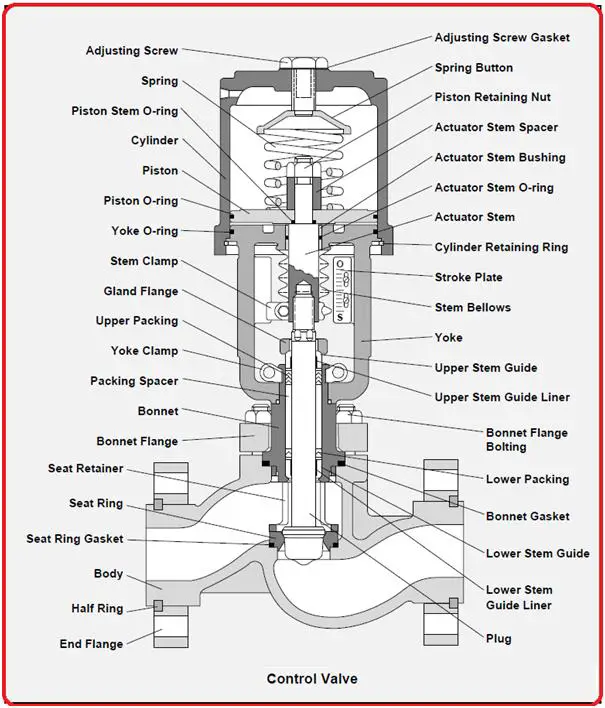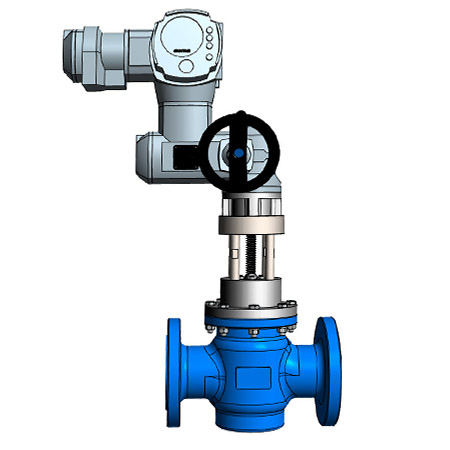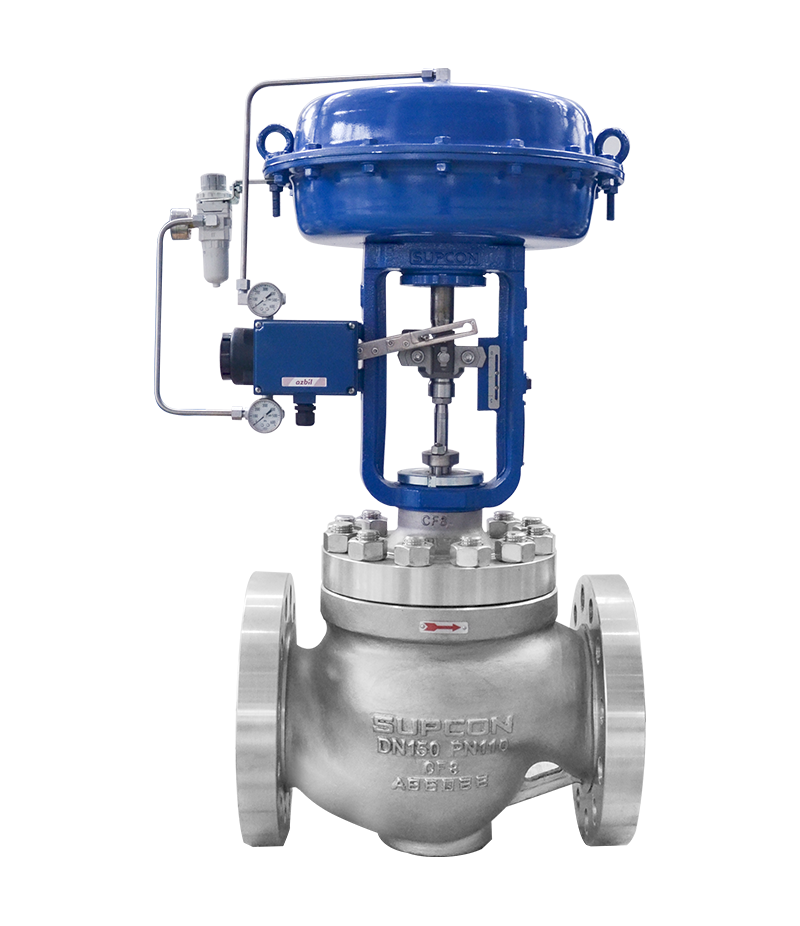How Control Valves Effect Energy Efficiency in Industrial Settings
Wiki Article

Maximize Power Savings and Comfort With Advanced Structure Automation Controls
In the world of modern-day architecture and facility monitoring, the integration of sophisticated structure automation controls stands as an essential advancement. The convergence of modern technology and sustainability has actually birthed a new era where energy performance, comfort optimization, and operational streamlining are no much longer possible truths however distant aspirations. By utilizing the power of automation, structures can adapt, respond, and develop in manner ins which were as soon as inconceivable. The capacity for considerable power cost savings and enhanced comfort is not simply an opportunity however a pledge waiting to be fulfilled. This paradigm change in structure administration holds the essential to opening a globe where environmental conscientiousness and passenger health sympathetically exist side-by-side within the wall surfaces of our structures.Energy Performance Perks
Energy effectiveness advantages can considerably reduce power consumption and operational prices in structures. Energy-efficient systems, such as innovative structure automation controls, can enhance the usage of sources like heating, illumination, and air conditioning, leading to reduced energy expenses over time.Furthermore, enhanced power efficiency can prolong the life expectancy of structure equipment and systems. By running extra successfully, a/c systems, light, and various other building parts experience less wear and tear, causing minimized upkeep and replacement prices. Furthermore, energy-efficient buildings often regulate greater residential or commercial property values and rental prices, giving long-term monetary advantages to proprietors.
In addition, energy effectiveness can boost resident comfort and performance. Effectively controlled interior atmospheres with optimal lights and thermal conditions create an even more positive and helpful workspace, causing improved worker contentment and performance. Generally, the energy performance benefits connected with innovative building automation controls are diverse, including price savings, ecological stewardship, and resident wellness.
Boosted Comfort Control
Enhancing convenience control in building environments calls for a sophisticated integration of advanced automation systems for ideal owner well-being. By using innovative building automation controls, facilities can customize the indoor atmosphere to meet the details needs and preferences of residents. These systems make it possible for precise guideline of lights, air flow, and temperature level, developing a comfortable and effective environment. Occupant contentment and productivity are carefully connected to thermal convenience, making it crucial to have systems in position that can adjust to changing conditions in real-time.Enhanced comfort control surpasses basic temperature level adjustments. It consists of functions such as individualized setups, occupancy sensors, and all-natural light application to create a dynamic and responsive environment. By including these innovative controls, structures can not only enhance comfort however likewise improve energy performance by optimizing system operations based on actual tenancy and use patterns. Inevitably, focusing on owner convenience via sophisticated automation systems causes a much more enjoyable and much healthier indoor environment.
Functional Effectiveness Improvements

Furthermore, the execution of real-time monitoring and analytics click to read more devices makes it possible for building drivers to identify power ineffectiveness and operational abnormalities without delay. By continuously monitoring power use patterns and system efficiency metrics, changes can be made in real-time to enhance power consumption and ensure peak functional efficiency. control valves. Furthermore, including need reaction methods into structure automation controls can better boost functional performance by dynamically changing energy use based upon grid conditions and prices signals
Indoor Environment Optimization
Reliable indoor climate optimization is a fundamental aspect of building automation controls, guaranteeing occupants' convenience and well-being while taking full advantage of energy financial savings. By using sophisticated sensors and controls, developing automation systems can continuously adjust and check temperature, humidity levels, air quality, and air flow to produce an ideal indoor environment. Preserving comfy and constant conditions not only boosts passenger fulfillment however likewise enhances efficiency and total wellness.Interior climate optimization also plays a crucial function in power efficiency. By fine-tuning cooling, heating, and air flow systems based upon real-time information and tenancy patterns, constructing automation controls can dramatically minimize power usage - control valves. As an example, executing techniques such as demand-controlled air flow and thermal zoning can aid decrease energy waste while making sure that each location of the structure obtains the necessary conditioning.

Sustainable Environment Development
Building automation regulates not just enhance indoor climate problems see here now for energy efficiency and resident comfort but additionally lay the structure for producing a sustainable environment via tactical administration of systems and sources. By incorporating advanced structure automation technologies, such as sensors, actuators, and smart software, facilities can monitor and readjust energy use in real-time to lessen waste and minimize their carbon footprint. These systems allow predictive maintenance, identifying possible concerns before they rise and enhancing equipment efficiency to improve longevity and performance.In addition, lasting atmosphere development prolongs beyond power monitoring to encompass water conservation, waste decrease, and indoor air high quality renovation. Building automation controls can manage water usage, identify leaks, and make certain correct garbage disposal practices, adding to general sustainability initiatives. Furthermore, by keeping track of and regulating ventilation and filtering systems, these technologies boost resident wellness and efficiency while decreasing power consumption connected with a/c procedures.
Conclusion
Finally, progressed building automation controls offer substantial benefits in terms of energy cost savings, convenience control, operational look at this website efficiency, interior environment optimization, and creating a sustainable atmosphere. By implementing these controls, buildings can accomplish optimum performance while minimizing energy usage and improving passenger comfort. It appears that making use of advanced automation innovation is critical in improving structure efficiency and developing a more sustainable future.Power effectiveness advantages can considerably reduce energy usage and operational expenses in structures. Generally, the energy performance benefits connected with sophisticated building automation controls are diverse, including expense savings, environmental stewardship, and resident wellness.
Additionally, incorporating demand action approaches into building automation controls can additionally enhance operational performance by dynamically readjusting energy usage based on grid conditions and pricing signals.
Building automation controls not just optimize indoor environment problems for energy efficiency and passenger convenience however likewise lay the structure for developing a sustainable setting with tactical management of sources and systems.In conclusion, progressed building automation manages offer considerable benefits in terms of power cost savings, comfort control, functional effectiveness, interior climate optimization, and creating a lasting atmosphere.
Report this wiki page